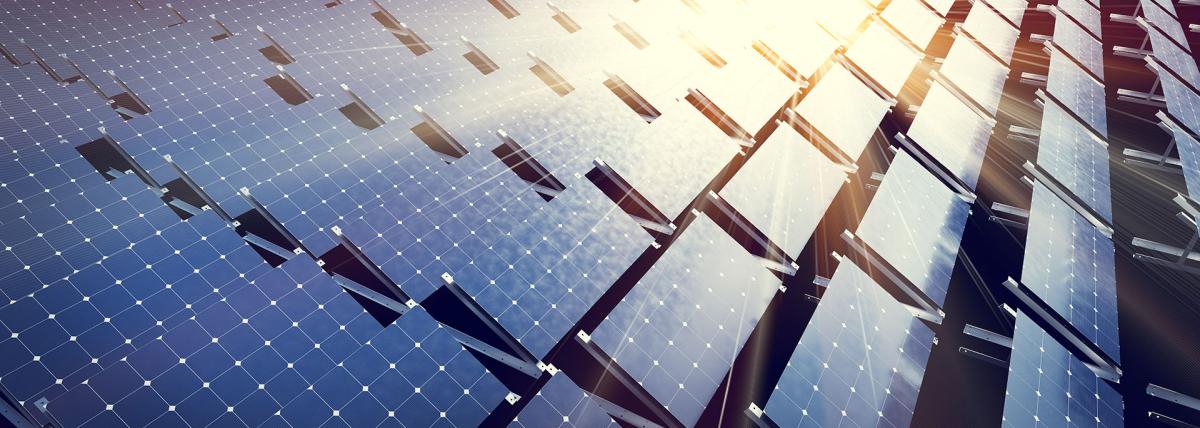
Apparent Motion of the Night Sky
by Christine Mendoza
In this engaging lesson, students will use an online planetarium and participate in a kinesthetic model activity in order to develop and revise a model explaining the apparent motion of the stars in the night sky.
Lesson Grade Level
6th GradeLesson Plan Link/URL
https://docs.google.com/presentation/d/1UwICxpJI4Ch4zFFDDidQZQgQDdcWWpJo/edit?u…Subject Area
Science Earth and Space Science E2: Earth & the Universe Technology 3. Knowledge Constructor English Language Arts (ELA) Writing
Featured
Off
Related Content

Grades:
9th Grade, 10th Grade
This lesson plan focuses around 4 key topics, with activities for each. The plan covers renewable energy, solar energy, why solar energy is important, and what the children can do to conserve energy

Grades:
5th Grade
In this lesson students are going to learn that our solar system is part of many galaxies within our universe. The materials needed are paper plates, color pencils, scissors, paper, pencils, and iPad

Grades:
5th Grade
In this fun lesson, students create models of the Earth, sun, moon, and planets that can go on robots. They experiment with light and movement to demonstrate the rotation of sun, earth, and moon using